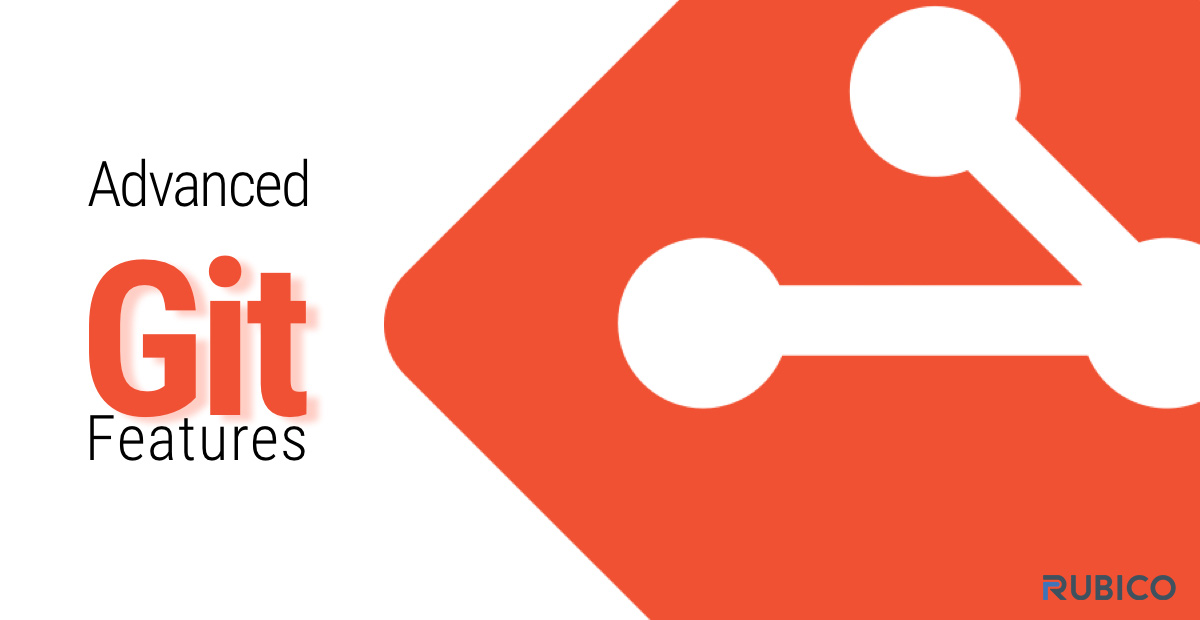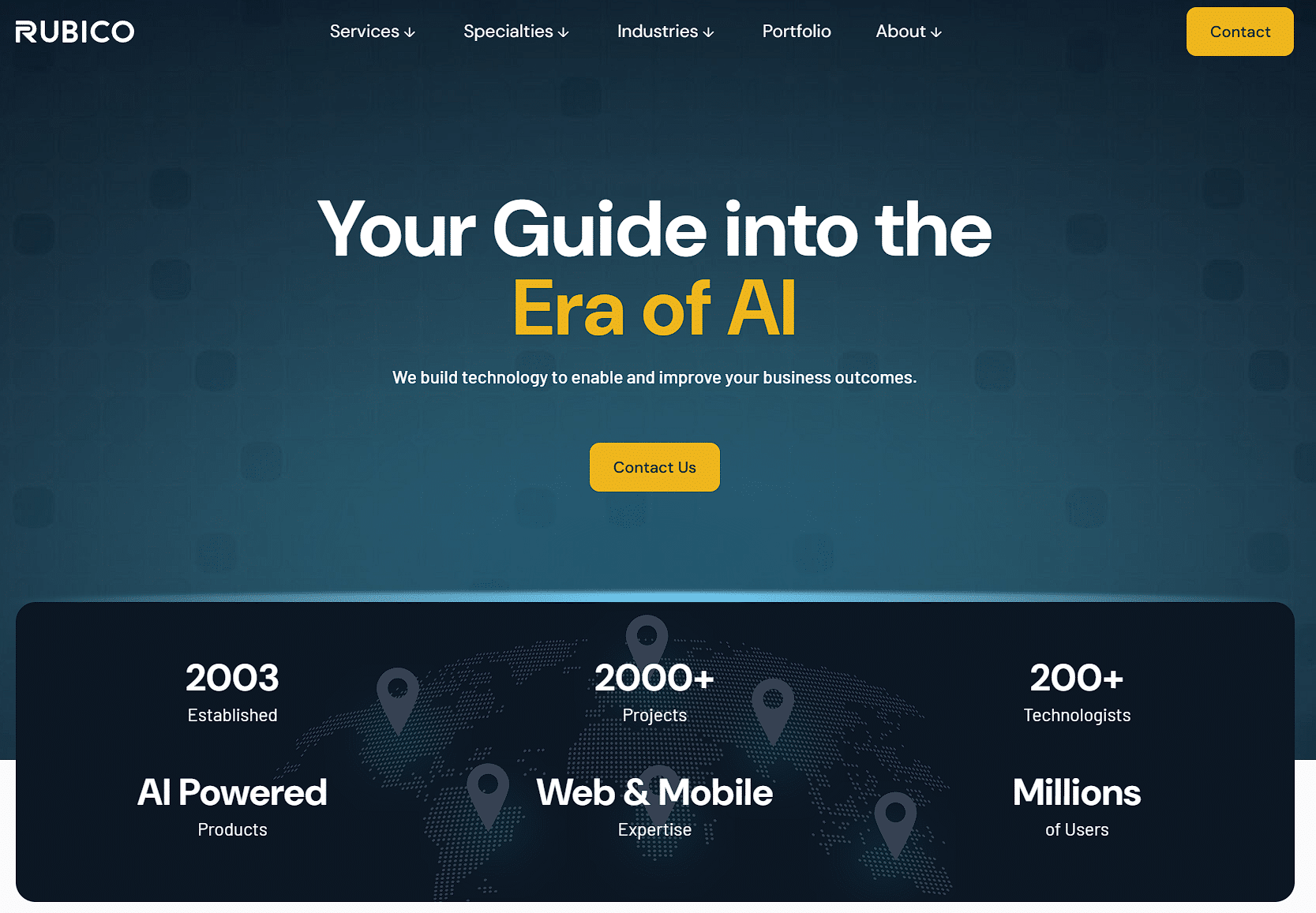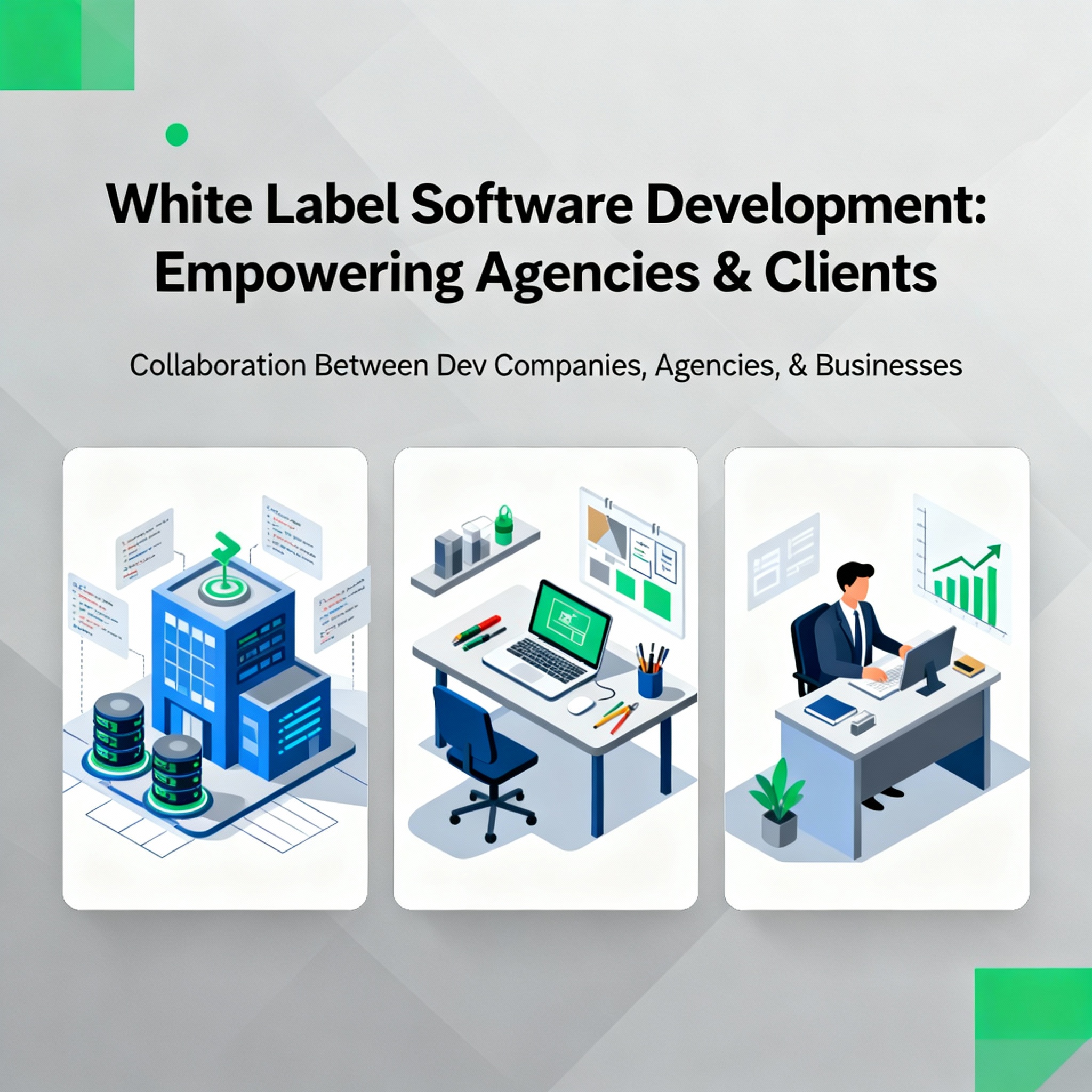

Build vs Buy vs Outsource: What Startups Need to Know in 2025
Build vs Buy vs Outsource: What Startups Need to Know in 2025
You’ve got a product idea, a roadmap, and maybe even early traction, but now comes the critical decision: How do you actually get it built? Do you build it in-house? Buy existing tools that get you 80% of the way there? Or outsource your software development entirely?
Each path comes with distinct trade-offs. In 2025, with AI-powered development tools, sophisticated low-code platforms, and specialized development agencies, the lines between these options are blurrier than ever. Here’s how to make the right decision based on what your product, timeline, and team actually need.
Build: Full Control, Full Commitment
Building in-house means you own everything—architecture, intellectual property, roadmap, and future changes. When you’re solving a technical problem that’s core to your competitive advantage or need deep customization that no existing tool can provide, building internally gives you maximum flexibility and control.
The reality: It’s slow and expensive. Unless you already have a technical team, you’re looking at 3-6 months of hiring, onboarding, and project ramp-up before any meaningful code gets shipped. For a typical startup, building a basic MVP in-house can cost $150,000-$300,000 in developer salaries alone.
Build makes sense when:
- Your product’s core functionality is highly technical or deeply custom (think AI algorithms, complex data processing, or proprietary workflows)
- You already have an experienced development team
- Long-term control and IP ownership outweigh speed-to-market concerns
- Your technical requirements are likely to evolve rapidly and unpredictably
Example: A fintech startup building a proprietary fraud detection algorithm would likely need to build in-house, as the core technology is their competitive moat.
Buy: Move Fast, Stay Lean
Buying means leveraging existing tools, platforms, or SaaS solutions to deliver your product experience. With the explosion of AI-driven platforms, no-code tools, and API-first services, you can often buy 80% of what you need and build custom integrations around the rest.
This approach is particularly smart when you’re testing an MVP, validating market demand, or operating with limited budget. You trade some flexibility for significant speed and cost savings.
The numbers: A typical SaaS tool might cost $50-$500 per month compared to $50,000-$200,000 to build equivalent functionality in-house. For MVPs, this can reduce time-to-market from 6 months to 6 weeks.
Buy makes sense when:
- You’re testing an idea or building an MVP
- The feature is non-core to your competitive advantage
- There’s a mature, well-supported tool that already handles your use case
- You need to prove market fit before investing in custom development
Example: An e-commerce startup might buy Shopify for their storefront, Stripe for payments, and Mailchimp for email marketing rather than building these systems from scratch.
Outsource: Scale Your Team, Not Your Payroll
Outsourcing brings in external experts to build custom functionality without expanding your permanent team. Whether you work with freelance developers or a full-service development agency, outsourcing gives you more control than buying off-the-shelf solutions, but without the hiring overhead of building in-house.
This approach works well when you know exactly what you want but lack the internal bandwidth or specific expertise to execute it. Quality outsourcing can dramatically accelerate your launch timeline while keeping costs predictable.
The considerations: Success depends heavily on clear specifications, strong communication, and choosing the right partner. Poor outsourcing can cost more than building in-house due to miscommunication, scope creep, and quality issues.
Outsource makes sense when:
- You have a clear product scope and detailed requirements
- You want custom functionality without hiring full-time developers
- You need to scale development faster than your current team allows
- You need specific expertise for a limited timeframe
Example: A healthcare startup might outsource their mobile app development to a specialized agency while keeping their core medical algorithms in-house.
The Smart Approach: Mix and Match
The most successful startups don’t just pick one path—they strategically combine all three based on what gets them to their next milestone fastest and most efficiently.
A typical hybrid approach might look like:
- Build: Core product features that differentiate you from competitors
- Buy: Supporting tools like analytics, customer support, or payment processing (e.g. fintech companies using Plaid instead of building out their own banking APIs)
- Outsource: Specialized features like mobile apps, integrations, or one-off projects
Making Your Decision: A Framework
Ask yourself these key questions:
- Is this core to your competitive advantage? If yes, lean toward building.
- How quickly do you need to validate this feature? If speed is critical, buy first.
- Do you have the internal expertise? If no, consider outsourcing.
- What’s your budget and timeline? This often determines your realistic options.
- How much will this evolve over time? High-change features often need in-house control.
The 2025 Reality Check
In today’s landscape, speed usually wins over perfection. If you’re in the early stages racing toward product-market fit, getting something functional into users’ hands quickly is more valuable than building the perfect system.
However, as you scale and build infrastructure that needs to last years, control and customization become increasingly important. The smartest founders don’t just pick one path—they evolve their approach as their company grows.
Remember: you can always start with buying or outsourcing to validate demand, then build in-house once you understand exactly what you need and have the resources to do it right.
At Rubico, we help startups navigate these decisions and execute on the path that makes most sense for their stage and goals. Whether you need an MVP, a long-term platform, or strategic guidance on build vs buy decisions, our team combines deep technical expertise with startup speed to help you move faster without cutting corners.
Ready to discuss your development strategy? Reach out to our team here.






